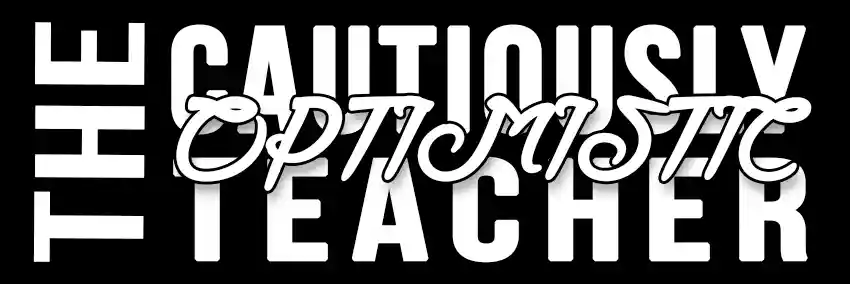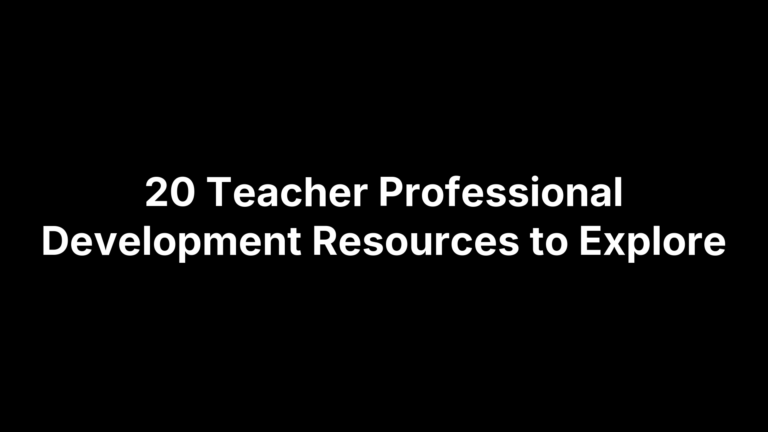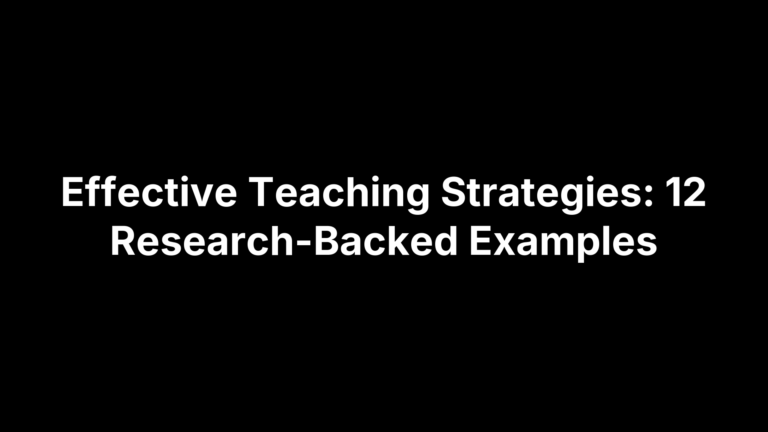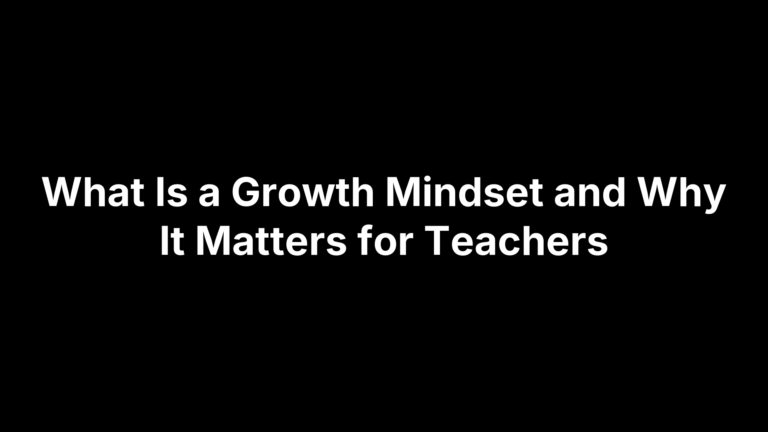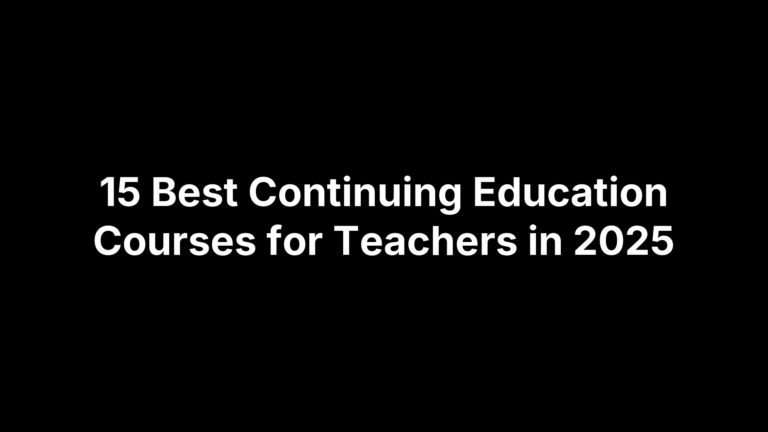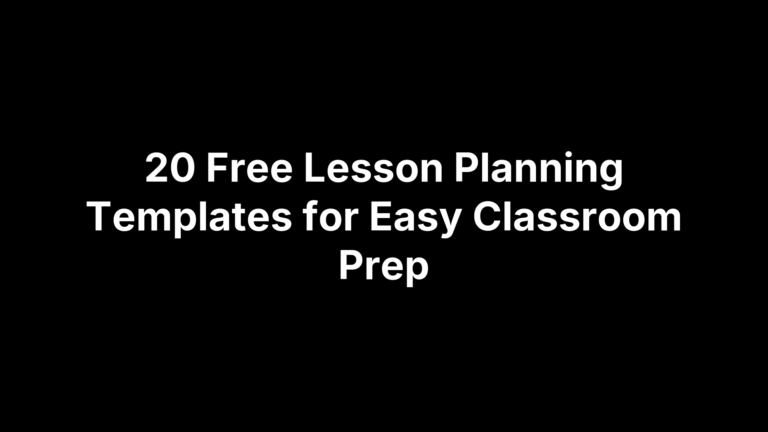Why Traditional Teaching Methods Still Matter in Modern Education
I’ve seen education fads come and go. Too often, educators (or perhaps administrators) want to rebel against traditional teaching methods in hopes of finding some kind of pedagogical golden egg. But there isn’t a golden egg. What we have are some great methods that have been rigorously tested and studied.
Right now we’re caught up in the wave of individualized learning and inclusivity. Don’t get me wrong, the push for inclusivity is long overdue. It’s a practice that needs more attention. However, individualized learning and differentiated instruction need to be reconsidered. I think there are benefits to individualized learning, but not beyond certain boundaries. For example, students should have a choice in novels and writing topics, but not whether or not they should read, or listen to an audiobook, or look at a graphic novel.
Practice Makes Perfect: The Value of Repetition

We shouldn’t forget the tried-and-true methods that have shaped many successful students. One such method is the age-old adage: practice makes perfect. It might sound cliché, but there’s a mountain of evidence supporting it. If students don’t practice a skill, they simply won’t improve at it. It’s like trying to get better at playing the guitar by watching YouTube videos without ever picking up the instrument. Spoiler alert: it doesn’t work.
Writing Skills: The Need for Regular Practice
Take writing, for instance. Allowing students to submit video projects or other non-written formats instead of traditional essays might cater to diverse learning styles, but it doesn’t make them better writers. Writing is a skill that improves with practice. A study published in the Journal of Educational Psychology found that regular writing practice significantly enhances writing quality and fluency. Not exactly surprising, but we are often asked to choose alternatives to written tasks. Even if our students are planning careers as silent film actors, they need to write, write, and write some more.
Reading Skills: The Importance of Reading Over Listening
The same logic applies to reading. Audiobooks are fantastic – I’m a huge fan myself, especially when the narrator has a voice like Morgan Freeman’s. But if we rely solely on audiobooks for our students, we’re doing them a disservice. Reading is an opportunity to develop the ability to decode words, improve vocabulary, and enhance comprehension skills. Research from the International Journal of Educational Research shows that students who read regularly have better reading comprehension and perform better in other academic areas. It only takes twenty minutes a day to improve reading skills but many students aren’t even getting that much.
Spaced Repetition: The Secret to Long-Term Retention
By reviewing information at increasing intervals, learning is better embedded in long-term memory. It’s like the educational equivalent of watering a plant regularly – you don’t drown it all at once; you give it a little water over time to help it grow. The Journal of Cognitive Psychology reports that spaced repetition can dramatically improve retention and recall of information, making it an invaluable tool for students.
Fun Ways to Implement Spaced Repetition

Imagine trying to learn all the bones in the human body in one marathon study session. You might remember them the next day, but a week later? Good luck recalling the difference between a femur and a fibula. Instead, if you review the bones a little bit each day over several weeks, you’ll be rattling off skeletal anatomy like a pro.
Incorporating spaced repetition in the classroom doesn’t mean we need to go full-on drill sergeant, though. We can make it fun and engaging. For instance, using flashcards, educational games, or even apps designed for spaced repetition can make the process enjoyable. Many of these games do cater to various learning styles, which can be more engaging – and this would be the right time to move beyond solely reading and writing.
Balancing Tradition and Innovation in Education
As we continue to innovate in education, it’s crucial to find a balance between new approaches and traditional methods. Personalized learning and inclusivity are essential, but they should complement, not replace, proven strategies like practice and spaced repetition. By doing so, we can create a well-rounded educational experience that prepares students for success in both the classroom and beyond.
The Importance of Inclusivity in the Classroom
Creating an inclusive environment ensures that all students feel respected and valued, which can lead to better engagement and learning outcomes. Students who feel comfortable are more likely to participate, ask questions, and take intellectual risks, which are all essential for learning. According to a study by the National Center on Safe Supportive Learning Environments, a positive school climate improves students’ academic achievement and reduces behavioral problems.
Embracing the Best of Both Worlds
So, let’s embrace the best of both worlds. Let’s continue to create inclusive, comfortable learning environments while also recognizing the value of traditional teaching methods. After all, education is not about choosing one approach over the other; it’s about blending the old with the new to provide the best possible outcomes for our students.
Conclusion: The Value of Traditional Teaching Methods in Modern Education
In conclusion, while the institution of education may seem caught up in individualized learning, we shouldn’t ditch the stuff that’s been proven to work. Practice really does make perfect, and spaced repetition is a memory magician. By combining these traditional methods with modern inclusivity and personalized learning, we can offer our students a rich, effective educational experience. And who knows? Maybe one day, they’ll look back and thank us for sticking to our (sometimes old-fashioned) guns.
To explore the pros and cons of UDL vs traditional techniques, click here.
Citations
- National Center on Safe Supportive Learning Environments. (n.d.). School Climate Improvement.
- Graham, S., & Perin, D. (2007). Writing Next: Effective Strategies to Improve Writing of Adolescents in Middle and High Schools – A Report to Carnegie Corporation of New York. Journal of Educational Psychology, 99(3), 445-476. doi:10.1037/0022-0663.99.3.445
- Mol, S. E., & Bus, A. G. (2011). To Read or Not to Read: A Meta-Analysis of Print Exposure From Infancy to Early Adulthood. International Journal of Educational Research, 50(1), 40-44. doi:10.1016/j.ijer.2011.04.004
- Cepeda, N. J., Pashler, H., Vul, E., Wixted, J. T., & Rohrer, D. (2006). Distributed practice in verbal recall tasks: A review and quantitative synthesis. Journal of Cognitive Psychology, 16(8), 111-126. doi:10.1016/j.jml.2005.09.004
